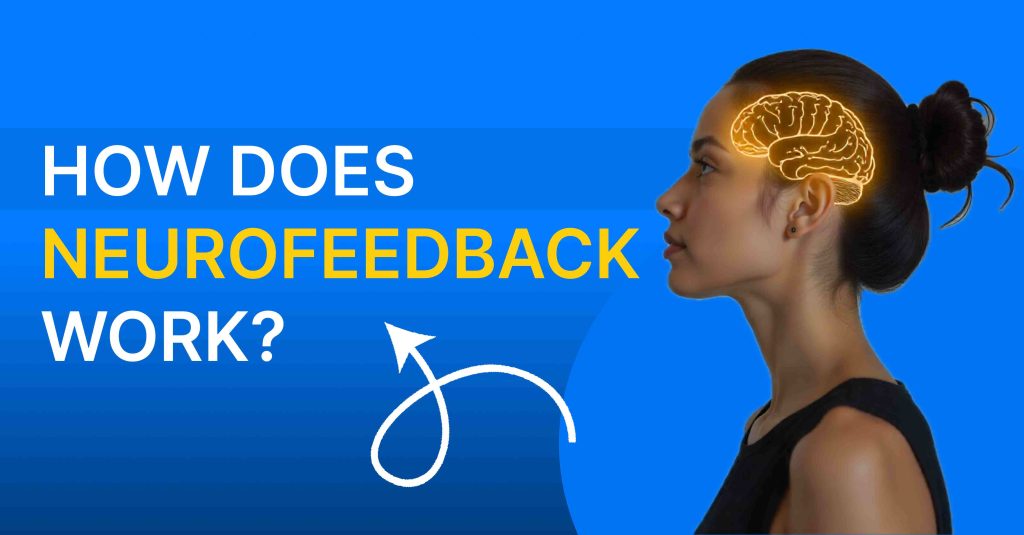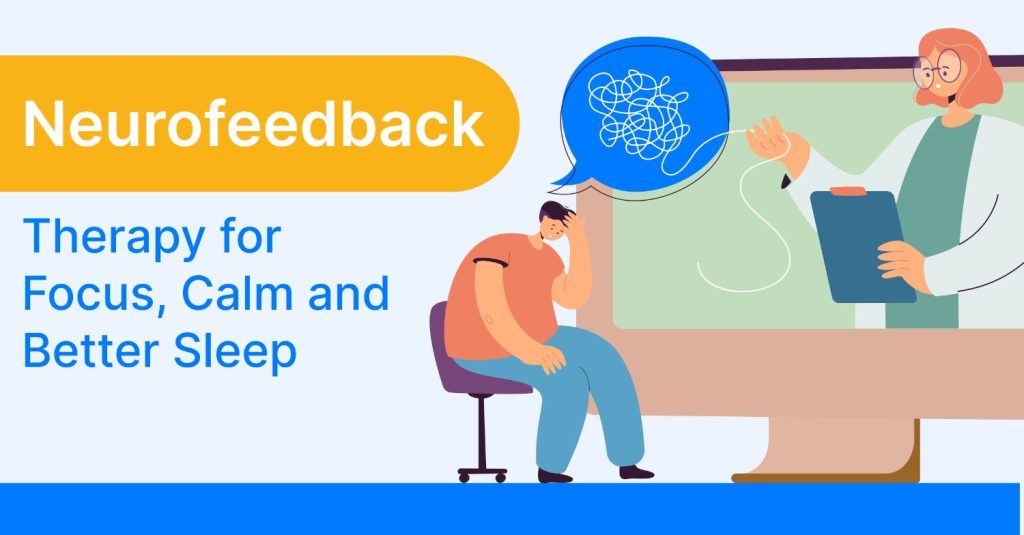What you know about ADD is probably the tip of the iceberg. Today, we look at this condition in detail and shed light on its various types.
When we think of ADD (Attention Deficit Disorder), we mostly imagine a person with this condition to be hyperactive, impulsive, restless, distracted, etc. This type of ADD is the most common and its symptoms are evident early in life.
Babies with this condition tend to be very active and hard to soothe (they wriggle when held). They maintain less eye contact, as opposed to other kids and parents, have a tough time bonding with them.
Because of the evident symptoms, this type of ADD is the first one to get diagnosed since children tend to attract negative attention to them with their noisy, excited behaviour. Other symptoms of this type of ADD- which is referred to as classic ADD- are:
- Difficulty in maintaining attention span during tasks in school, playtime, etc.
- Trouble listening when others are talking
- Difficulty with time: is frequently late or has a habit of hurrying, tends to complete projects last-minute
- Tendency to lose things
- Making careless mistakes
- Talking excessively
- Interrupting others when they are talking
Since this is the most common type of ADD, most of us are fully aware of its symptoms. But did you know that people with this condition can also be extremely quiet, or overfocused?
Today, we bust the myths on ADD and look at its other types. After classic ADD, type no. 2 is inattentive ADD
Inattentive ADD
After classic ADD, this is the most common type. However, people with this type don’t get diagnosed much and instead are labeled lazy, slow, and unmotivated.
Those with inattentive ADD tend to be quiet and distracted. Rather than causing trouble or disturbing others, they are likely to be daydreaming and keep to themselves. They are often termed as couch potatoes who have little interest in most things.
Girls seem to have this type of ADD as much as or more than boys.
Common symptoms include:
- Easily distracted
- Trouble listening when others are talking
- Procrastinating
- Tendency to lose things
- Daydreaming excessively
- Complaining of constant boredom
- Appearing apathetic or demotivated
- Being tired, sluggish
Overfocused ADD
Patients with this type of ADD have all the core symptoms of the disorder plus tremendous difficulty in shifting their attention from one thing to another along with being stuck in negative thought patterns or behaviours.
This type of ADD is frequently found in substance abusers as well as children and grandchildren of alcoholics. The common symptoms of this type of ADD include:
- Excessive or senseless worrying
- Argumentative
- Tendency to have repeated negative thoughts and getting stuck in this pattern
- Tend to indulge in compulsive behaviours
- Tendency to hold grudges
- Trouble shifting attention from one thing to another
- Tendency to be rigid about one’s opinion
- Having a ‘my way or the highway’ attitude
Temporal ADD
This type of ADD is associated with learning and behavioural problems. It is commonly seen in people who suffer from mood swings, irritability, dyslexia (learning disorder) and memory issues.
The temporal lobes that are present underneath your lobes and behind your eyes are involved with memory, mood stability, learning and visual processing of objects.
Studies have shown that there are abnormalities present in the temporal lobes of people with this type of ADD. This happens due to decreased activity in the prefrontal cortex (front region of the brain), especially during tasks that require concentration. This kind of ADD is usually associated with brain injuries and involves people having suicidal thoughts or engaging in violent behaviour.
Common symptoms include:
- Problems in memory
- Trouble in learning
- Auditory processing issues
- Tendency to get angry at the drop of a hat
- Takes to take things in a negative context despite that not being the case
- Having episodes of confusion
- Periods of confusion
- Periods of panic or worry for no reason
- Visual changes such as seeing objects change shape or seeing shadows
- Often experiencing deja vu (feeling of having been in the same place at the same time)
- Headaches or abdominal pain
- History of head injury
- Dark thoughts involving suicide or homicide
Limbic ADD
This is a type of ADD where depression and ADD intersect. The symptoms are present in people who are addicted to negativity, sadness, moodiness, have low energy, and decreased interest in life.
The common symptoms include:
- Moodiness
- Negativity
- Irritability
- Low energy
- Tendency to be socially isolated
- Frequent feelings of helplessness, hopelessness or excessive guilt
- Low interest in things that are usually considered fun
- Sleep changes (either too much or too little)
- Chronic low self-esteem
Ring Of Fire ADD
That’s a strange kind of a name for an ADD type, right? Well, once you get familiar with the details, you’ll get the significance of this name. People with this type of ADD have an overall hyperactive or disinhibited brain. There is too much activity not just in the prefrontal cortex but generally across all regions of the brain especially the cingulate gyrus, parietal lobes, and temporal lobes. It appears as a ring of hyperactivity around the brain. People with this type of ADD can be explosive in their behaviour.
Common symptoms include:
- Sensitive to noise or touch
- Cyclic mood changes (highs and lows)
- Rigid thinking
- Having their own way despite being told no several times
- Periods of mean and insensitive behaviour
- Unpredictable behaviour
- “Larger than life” thinking
- Talking fast
- Appearing anxious or fearful
Anxious ADD
Usually, feelings of anxiety are commonly seen in people with ADD. However, in anxious ADD, they are more prominent and evident. These include fear of being judged, predicting the worst, avoiding conflict, having physical symptoms of stress such as headaches and stomachaches. Also, people with this type of ADD tend to freeze in anxiety-provoking situations such as talking in public or participating in a viva.
Common symptoms include:
- Frequently anxious or worried
- Physical stress reactions such as headaches and stomachaches
- Gets excessively nervous during speaking in public
- Often assumes the worst
- Fears being judged
So what is the reason behind one having ADD?
To understand that, we first need to go over the prefrontal cortex of the brain.
What is the prefrontal cortex?
This region occupies the front third of the brain, underneath the forehead, and is the most evolved area of the brain. It is divided into three sections- the dorsal lateral section (on the outside surface of the PFC), the inferior orbital section (on the front undersurface of the brain), and the anterior cingulate gyrus (running through the middle of the frontal lobes).
Basically, the PFC is responsible for guiding, watching, supervising, directing, and focusing your behaviour.
It involves executive functions such as judgment, impulse control, time-management, planning, organization, and critical thinking. So our ability as a species to think, use time wisely, plan ahead and communicate is controlled by this area of the brain.
The PFC is also involved in sustaining attention span.
It trains our mind to focus on the important parts while filtering out less significant thoughts and details. Attention-span is vital for short-term memory and learning. The PFC helps you stay focused on a project until its finished. This is done by the PFC sending quieting signals to the limbic and sensory parts of the brain.
In order for you to focus, the PFC decreases the distracting input from other brain areas.
However, when the PFC is underactive, the filtering mechanisms don’t function well and as a result, distractedness becomes a pattern.
Therefore, an imbalance in the brainwaves in the PFC results in decreased attention span, distractedness, impaired short term memory, decreased apathy, mental speed and verbal expression.
How can we restore this imbalance?
The answer is simple… with the help of Neurofeedback!
It is a non-invasive technology that was originally developed by NASA to train their astronauts to withstand the pressures of space travel. This technology has now evolved into an advanced system that not only helps a person access the ‘peak performance zone’ but also helps alleviate numerous issues like ADD, poor decision-making, OCD, dyslexia, autism, anxiety issues, migraine, headaches, insomnia, depression and more.
Your brain possesses a unique quality called neuroplasticity. This allows your brain to be trained at any age. When the old unsuitable pattern is interrupted, and a new neural pathway is formed, new behaviours emerge and issues get resolved. It’s as simple as that!
To learn more about how this US, FDA-approved and NASA-inspired brain training technology works, visit our website https://wetrainbrains.com/





